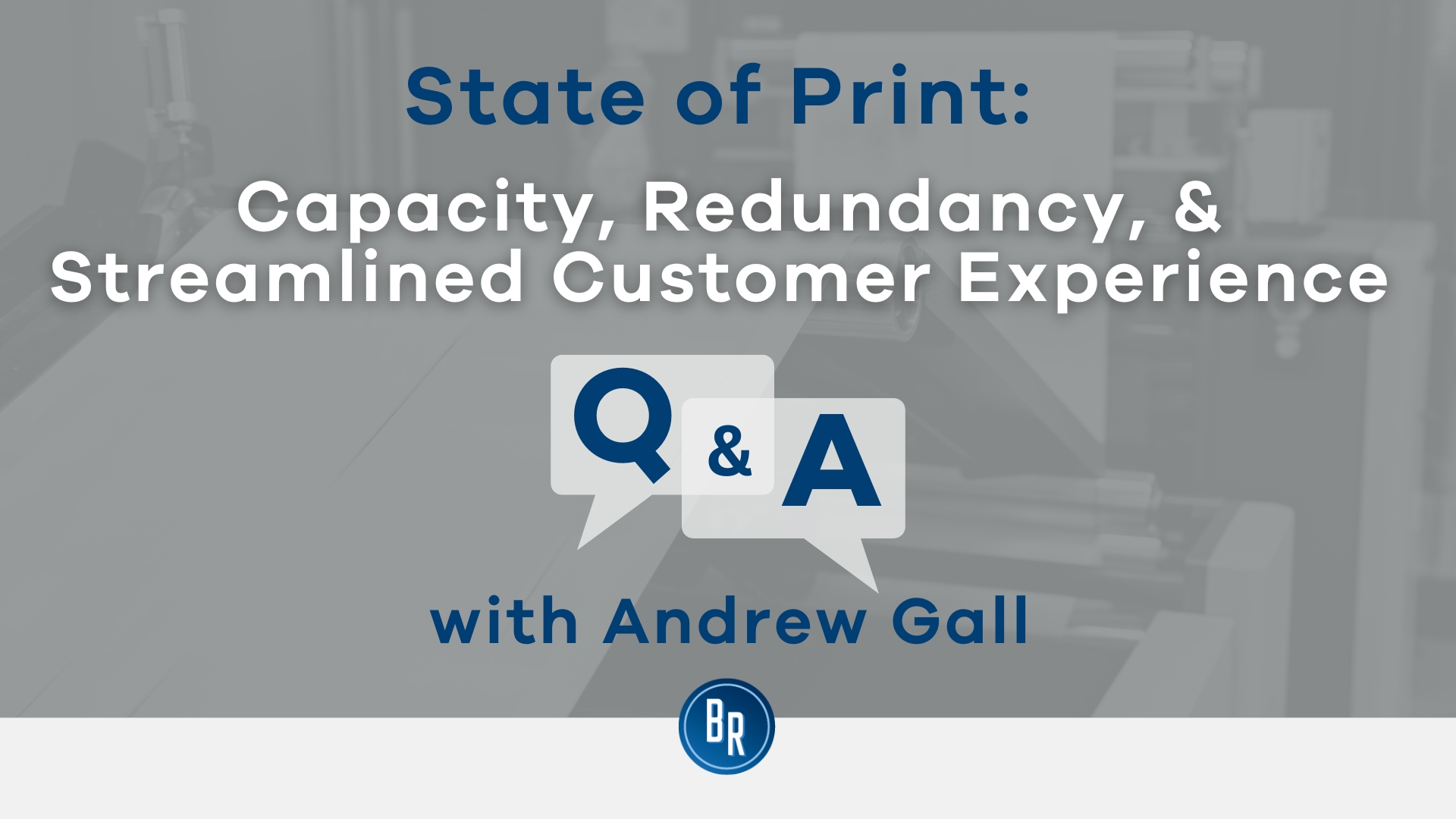Clarified: If a Company Goes Bust Who Pays Redundancy in the UK?
Exploring the Operational Dynamics of Company Redundancy and Its Long-Term Sustainability

Redundancy Techniques for Service Continuity
In order to make certain uninterrupted procedures, companies need to apply effective redundancy strategies for business continuity. Redundancy in this context refers to the duplication of important parts or functions within a system to minimize the impact of prospective failures. By incorporating redundancy methods, companies can enhance their strength against disruptions triggered by various aspects such as natural catastrophes, equipment failures, or cyber-attacks.
One usual redundancy approach is the implementation of back-up systems and data storage space solutions. This involves creating matches of important information and systems that can be turned on in instance of a main system failing. In addition, companies can establish redundant interaction networks and power resources to preserve connection and operations during unforeseen occasions.
Moreover, cross-training staff members to carry out numerous functions within the firm can act as a useful redundancy method. If key workers are not available due to disease or other reasons, this makes certain that vital jobs can still be brought out also. On the whole, efficient redundancy strategies are crucial for organizations to support operational continuity and minimize the influence of possible disturbances.
Influence of Redundancy on Organizational Resilience
Offered the important role redundancy approaches play in guaranteeing company continuity, checking out the effect of redundancy on organizational resilience becomes imperative for recognizing the holistic operational dynamics of a company. Organizational durability describes an entity's ability to adjust to disturbances, recoup from setbacks, and change when needed while maintaining core features. Redundancy, when purposefully carried out, can substantially add to boosting an organization's durability when faced with unanticipated difficulties. By having back-up systems, workers, or processes in position, companies can better hold up against shocks and proceed operations with very little disruption.
Furthermore, redundancy can bolster employee morale and self-confidence, recognizing that there are contingency strategies in position to deal with unanticipated conditions. This complacency can result in click to read increased performance and an extra favorable work environment. In addition, redundancy can cultivate technology and imagination within an organization as workers really feel encouraged to take calculated risks, recognizing that there is a safeguard to sustain them in case of failing. On the whole, the effect of redundancy on business strength is profound, shaping the long-term sustainability and success of a firm.
Stabilizing Effectiveness and Adaptability in Redundancy
Accomplishing an unified equilibrium in between functional effectiveness and flexible flexibility is an essential challenge in the calculated release of redundancy within organizations. Too much adaptability without a strong operational structure can result in ineffectiveness and variance.
To balance performance and flexibility in redundancy preparation, organizations need to very carefully examine their operational needs, market dynamics, and tactical goals. Inevitably, discovering the best stability between effectiveness and flexibility is critical for constructing a resilient and lasting organization in the face of uncertainty.
Long-Term Sustainability Via Redundancy Planning
To make sure long-lasting practicality and security, organizations must strategically straighten their redundancy preparation with long-lasting sustainability objectives, thereby balancing functional effectiveness with adaptive adaptability. Long-lasting sustainability through redundancy planning includes more than just short-term cost-cutting measures. It calls for a comprehensive calculated approach that expects future difficulties and opportunities. Business should view redundancy not as a responsive option to prompt troubles however as a positive strategy for long-term success. By incorporating redundancy preparation with sustainability objectives, organizations can develop a resistant framework that can withstand various market changes and interior adjustments.

Proactive Actions for Sustainable Firm Procedures
Just how can firms proactively boost their functional sustainability for long-lasting success? from this source Applying proactive procedures is essential for firms aiming to ensure sustainable operations.
Additionally, promoting a society of constant improvement and knowing within the organization can boost flexibility to transforming market conditions and consumer demands. Encouraging employee participation in decision-making procedures and giving opportunities for professional advancement can enhance morale, productivity, and total performance. Establishing clear objectives, keeping track of vital efficiency indications, and frequently reviewing progress are important elements of positive sustainability monitoring.
Teaming up with suppliers, customers, and other stakeholders to advertise sustainable methods throughout the supply chain can create a causal sequence of positive effect - redundancy pay if company goes bust. By taking positive actions towards operational sustainability, business can construct resilience, drive technology, and protect their long-term success in an ever-evolving service landscape
Verdict

In the realm of business monitoring, the strategic implementation of business redundancy stands as a pivotal yet complex technique that requires a fragile equilibrium between functional efficiency and long-term viability. By studying the functional characteristics that underpin company redundancy and examining its broader ramifications for organizational durability and versatility, a nuanced understanding of just how redundancy approaches can shape the future trajectory of a business starts to unravel.Provided the vital role redundancy methods play in ensuring organization connection, discovering the influence of redundancy on business durability becomes critical for understanding the all natural operational dynamics of a firm. In general, the impact of redundancy on organizational strength is profound, shaping the long-term sustainability and success of a company.
In conclusion, understanding the functional dynamics of company redundancy is important for making sure lasting sustainability.